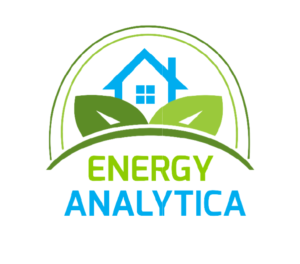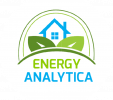Search Result
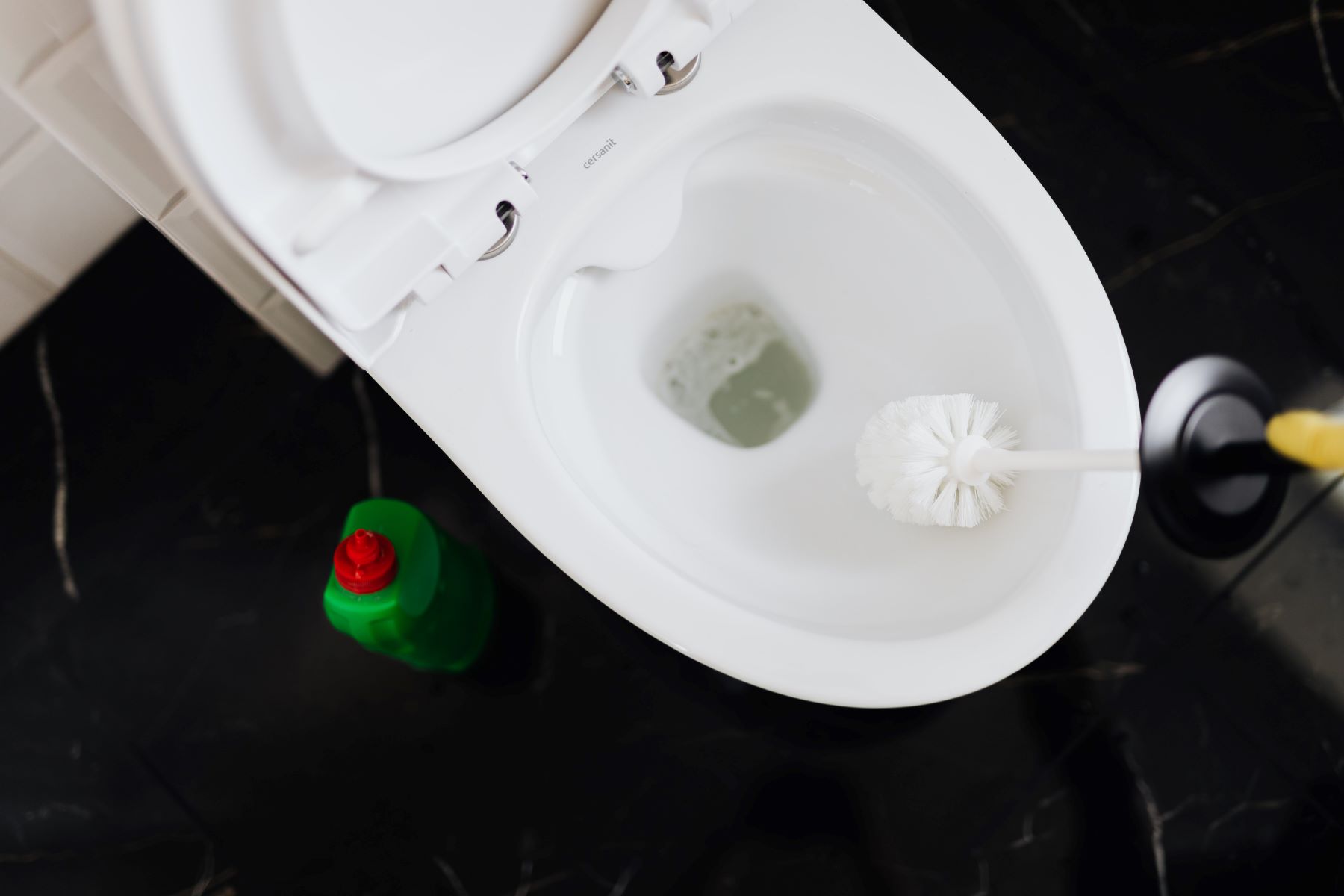
California Green Building Code (CALGreen) – Nonpotable water systems for indoor use
CALGreen – By using nonpotable water systems (such as collected rainfall, treated graywater, and recycled water) designed to feed toilets, urinals, and other permitted purposes, this code provision aims to limit the amount of potable water used inside.

California Green Building Code (CALGreen) – Wood framing
CALGreen – To reduce the amount of wood required to meet or exceed the structural frame criteria set forth in Title 24. There are ways to minimize the number of joists used in the floor system while still ensuring that all plumbing and HVAC systems are coordinated with the floor framework.
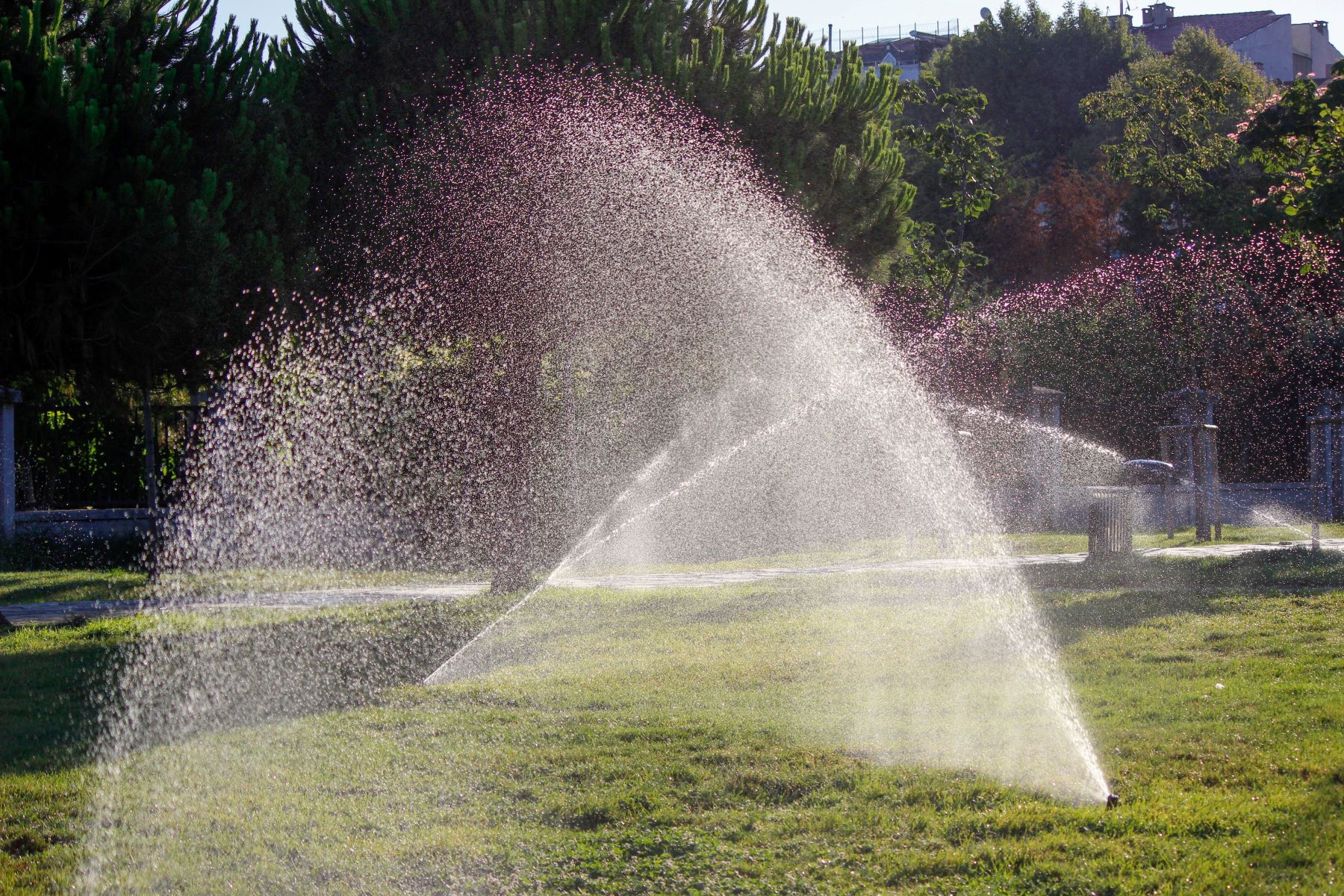
California Green Building Code (CALGreen) – Nonpotable water systems
CALGreen – To encourage the use of nonpotable water systems in order to preserve potable water and to provide a reference for the requirements of the California Plumbing Code.
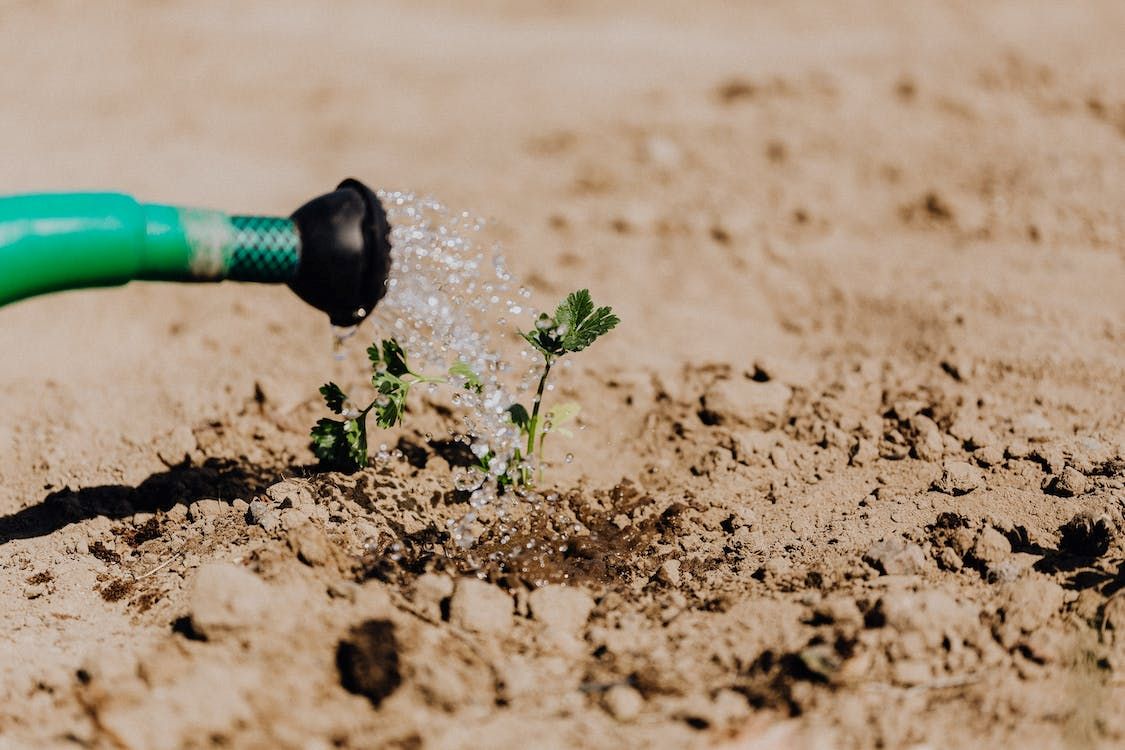
California Green Building Code (CALGreen) – Irrigation systems
CALGreen – This regulation mandates the use of recycled water in some irrigation systems with the goal of reducing the overall amount of outside water required for irrigation.
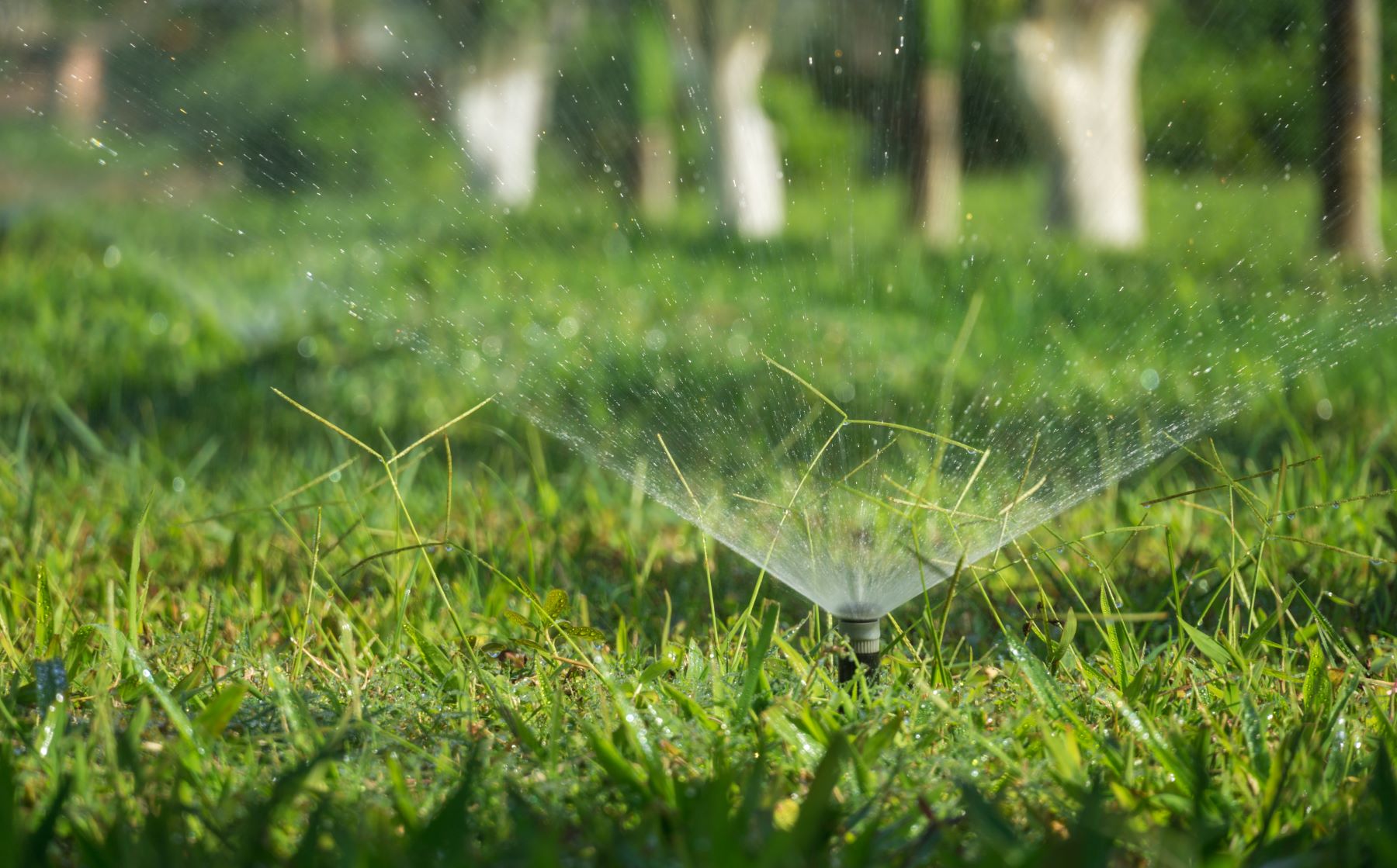
California Green Building Code (CALGreen) – Graywater irrigation system
CALGreen – These actions are intended to end the use of potable water for irrigation of landscapes. They place a strong emphasis on maintaining the drinkable resource only for food production and consumption by people, animals, and plants.

California Green Building Code (CALGreen) – Life Cycle Assessment
CALGreen – By designing buildings with extended life cycles, this technique seeks to indirectly conserve energy and resources. The organisations listed in the code are producing and gathering data on many kinds of materials and systems. It is obvious that this data gathering must continue for numerous generations in order to do long span life cycle analysis. Only then will the cost and life cycle be measured, resulting in a more accurate data set for the most efficient materials and processes.

California Green Building Code (CALGreen) – IAQ testing
CALGreen – The practice’s that guarantee healthy air quality at the conclusion of construction and to offer a testing option to building flush-out. It outlines test procedures, permitted pollution levels, and requirements for repeat testing. Testing can be more expensive than building flush-out, but it should be noted that due to CALGreen’s requirements for low VOC-emitting materials, pollutant levels from finishes may be low.
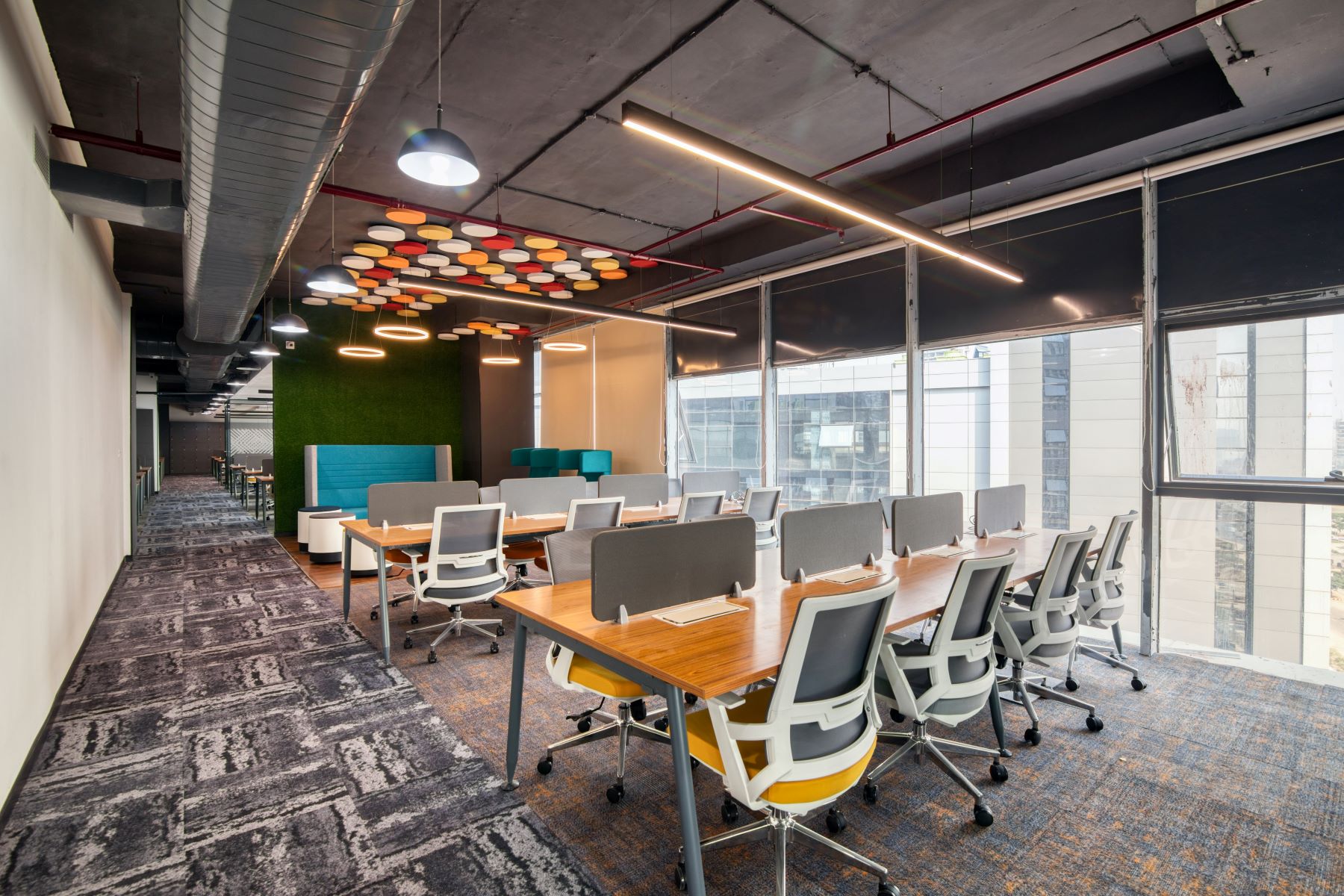
California Green Building Code (CALGreen) – IAQ postconstruction
CALGreen – In order to protect occupants’ health following occupancy, this is intended to encourage practises that guarantee healthy air quality at the conclusion of construction, after all finishes are installed. It describes how to remove pollutants from construction materials and activities from the air.
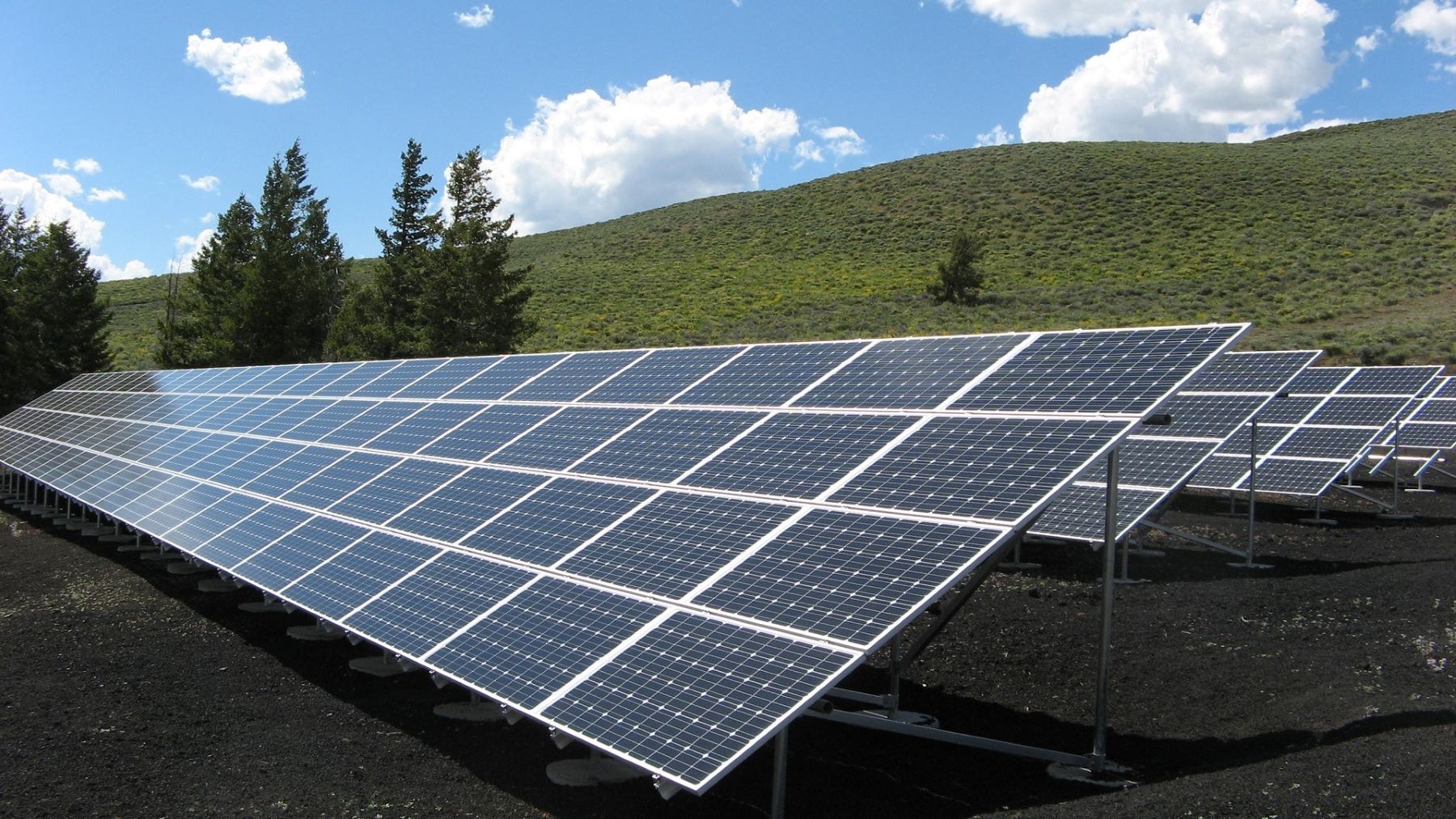
California Green Building Code (CALGreen) – Additional means of compliance
CALGreen – These measures promote the use of alternative energy sources, mined aggregate replacement, and a substitute for potable water in the production of concrete as part of a broader strategy for resource efficiency.

California Green Building Code (CALGreen) – Resilient flooring systems
These steps are taken to lower the volatile organic compounds (VOC) in finish materials that are frequently used on a project, which will assist the
Search for:
Recent Posts
- CALGreen Services for City of Sonoma
- CALGreen Services in Santa Rosa
- CALGreen Services for San Rafael
- CALGreen Services for the City of Napa
- Dual Fuel Heat Pump
- CALGreen Services in Palo Alto
- Building Green in California: Your Guide to CALGreen
- Understanding the Importance of Title 24 Report in California
- Title 24: A Legacy of Green Building in California
- California Green Building Code (CALGreen) – Cement and Concrete
- California Green Building Code (CALGreen) – Clean Air Vehicles
- Unlocking Energy Efficiency: Understanding Title 24 Services in California
- California Green Building Code (CALGreen)- Regional materials
- Who needs a Title 24 Report?
- What is a Title 24 Report?
- What is a Junior ADU?
- What is Title 24?
- California Green Building Code (CALGreen) – Storm water design
- California Green Building Code (CALGreen) – Steel framing
- California Green Building Code (CALGreen) – Reduce development footprint and optimize open space
- California Green Building Code (CALGreen) – Parking capacity
- California Green Building Code (CALGreen) – On-site renewable energy
- California Green Building Code (CALGreen) – Low impact development
- California Green Building Code (CALGreen) – Indoor Water Use
- California Green Building Code (CALGreen) – Heat Island effect
- California Green Building Code (CALGreen) – Green power
- California Green Building Code (CALGreen) – Exterior wall shading
- California Green Building Code (CALGreen) – Water conserving plumbing fixtures and fittings
- California Green Building Code (CALGreen) – Restoration of areas disturbed by construction
- California Green Building Code (CALGreen) – Outdoor water use
- California Green Building Code (CALGreen) – Nonpotable water systems for indoor use
- California Green Building Code (CALGreen) – Wood framing
- California Green Building Code (CALGreen) – Nonpotable water systems
- California Green Building Code (CALGreen) – Irrigation systems
- California Green Building Code (CALGreen) – Graywater irrigation system
- California Green Building Code (CALGreen) – Life Cycle Assessment
- California Green Building Code (CALGreen) – IAQ testing
- California Green Building Code (CALGreen) – IAQ postconstruction
- California Green Building Code (CALGreen) – Additional means of compliance
- California Green Building Code (CALGreen) – Resilient flooring systems
- California Green Building Code (CALGreen) – No added formaldehyde
- California Green Building Code (CALGreen) – Isolation of pollutant sources
- California Green Building Code (CALGreen) – Hazardous particulates and chemical pollutants
- California Green Building Code (CALGreen) – Lighting and thermal comfort controls
- California Green Building Code (CALGreen) – Hydrofluorocarbons
- California Green Building Code (CALGreen) – Enhanced construction waste reduction
- California Green Building Code (CALGreen) – Elevators and escalators
- California Green Building Code (CALGreen) – Electric vehicle
- California Green Building Code (CALGreen) – Dual plumbing
- California Green Building Code (CALGreen) – Designated parking for clean air vehicles
